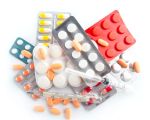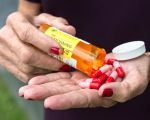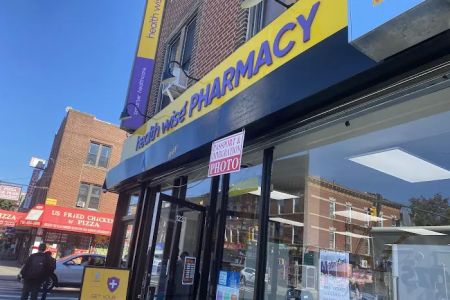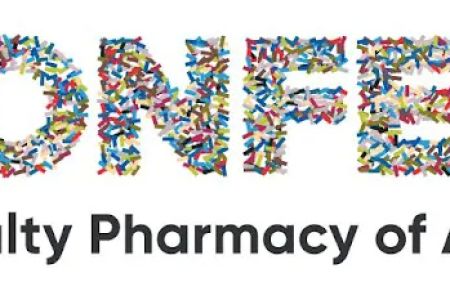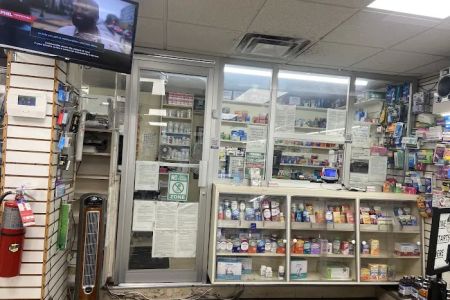- 1-understanding-adverse-drug-reactions-and-their-importance
- 2-recognizing-signs-and-symptoms-of-adverse-drug-reactions
- 3-steps-to-report-adverse-drug-reactions
- 4-tools-and-platforms-for-reporting
- 5-real-world-examples-highlighting-the-impact-of-reporting
- 6-recommendations-for-effective-reporting-and-follow-up
1. Understanding Adverse Drug Reactions and Their Importance
Adverse drug reactions (ADRs) are unintended and harmful responses to medications administered at normal doses. These reactions can range from mild side effects to severe, life-threatening conditions.
Reporting ADRs is a critical component of pharmacovigilance, the science dedicated to monitoring drug safety after market approval. Timely and accurate reporting helps identify risks, improve drug labeling, and protect public health.
Pharmacy professionals emphasize that patient and healthcare provider reports are vital to capturing the full safety profile of medications in real-world use.
2. Recognizing Signs and Symptoms of Adverse Drug Reactions
Knowing how to identify potential adverse drug reactions is the first step toward effective reporting. Symptoms may include allergic reactions, gastrointestinal issues, skin rashes, neurological effects, or unexpected worsening of conditions.
Some ADRs develop quickly after medication use, while others emerge over time. Keeping detailed records of medication changes and symptoms helps clarify the link between a drug and a reaction.
Pharmacy experts recommend discussing any unusual symptoms with healthcare providers promptly to assess the need for reporting.
3. Steps to Report Adverse Drug Reactions
Reporting ADRs typically involves several key steps:
- Document the medication name, dosage, duration of use, and details of the reaction.
- Consult your healthcare provider to verify the suspected ADR and gather additional clinical information.
- Submit a report to the appropriate regulatory body, such as the FDA’s MedWatch program in the United States.
- Include relevant patient information, but maintain confidentiality and privacy.
Following these steps ensures the report is thorough and actionable.
4. Tools and Platforms for Reporting
Several accessible platforms facilitate ADR reporting for both patients and healthcare professionals. Online portals, mobile apps, and paper forms provided by agencies like the FDA and WHO make the process straightforward.
Pharmacy also encourages utilizing electronic health records to integrate ADR reporting into routine clinical practice, enhancing data quality and tracking.
Understanding how to navigate these tools empowers users to contribute effectively to drug safety monitoring.
5. Real-World Examples Highlighting the Impact of Reporting
Historical cases demonstrate the importance of ADR reporting in uncovering rare but serious drug effects. For example, reports of severe allergic reactions to certain medications led to updated warnings and, in some cases, drug withdrawals from the market.
Patients’ voices and healthcare providers’ vigilance have saved countless lives by prompting investigations and regulatory actions.
These stories underscore why learning how to report adverse drug reactions matters to everyone involved in medication use.
6. Recommendations for Effective Reporting and Follow-Up
To maximize the benefit of ADR reporting, ensure clear communication, detailed documentation, and timely submission. Maintaining contact with healthcare providers allows for follow-up investigations or adjustments to treatment.
Pharmacy suggests that ongoing education on drug safety and reporting protocols is essential for both patients and professionals.
Engaging with trusted resources such as Pharmacy helps individuals stay informed and supported throughout the reporting process.





